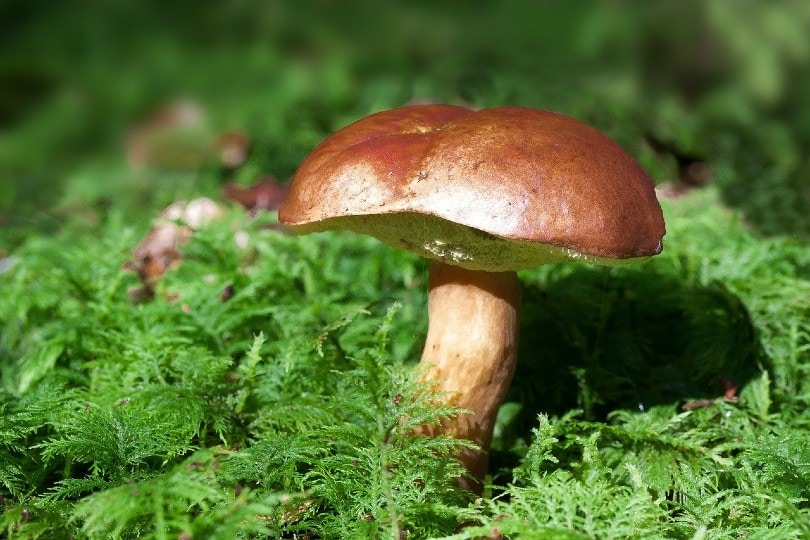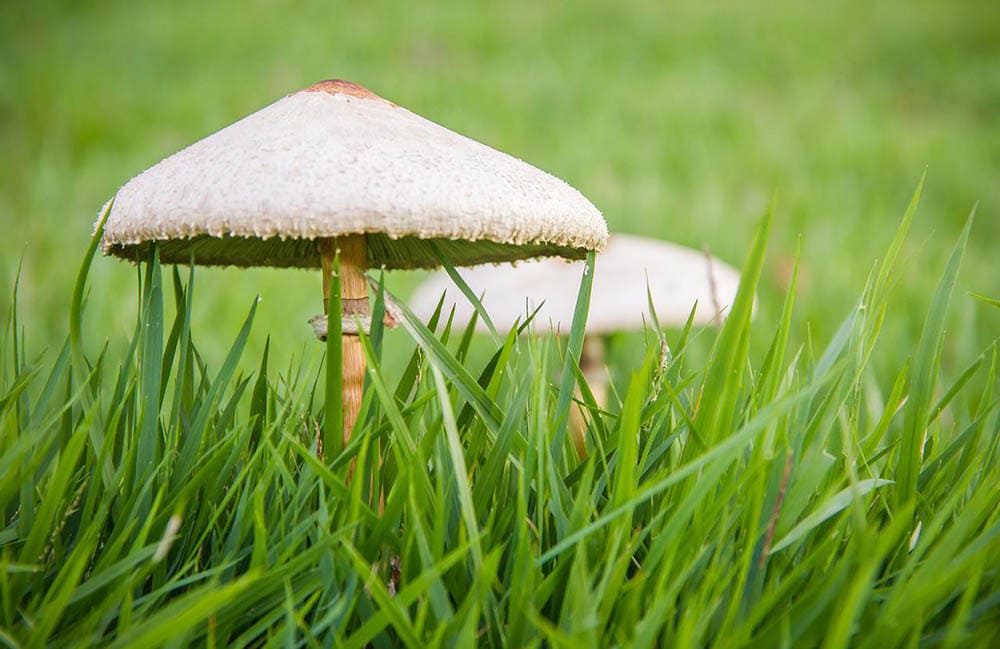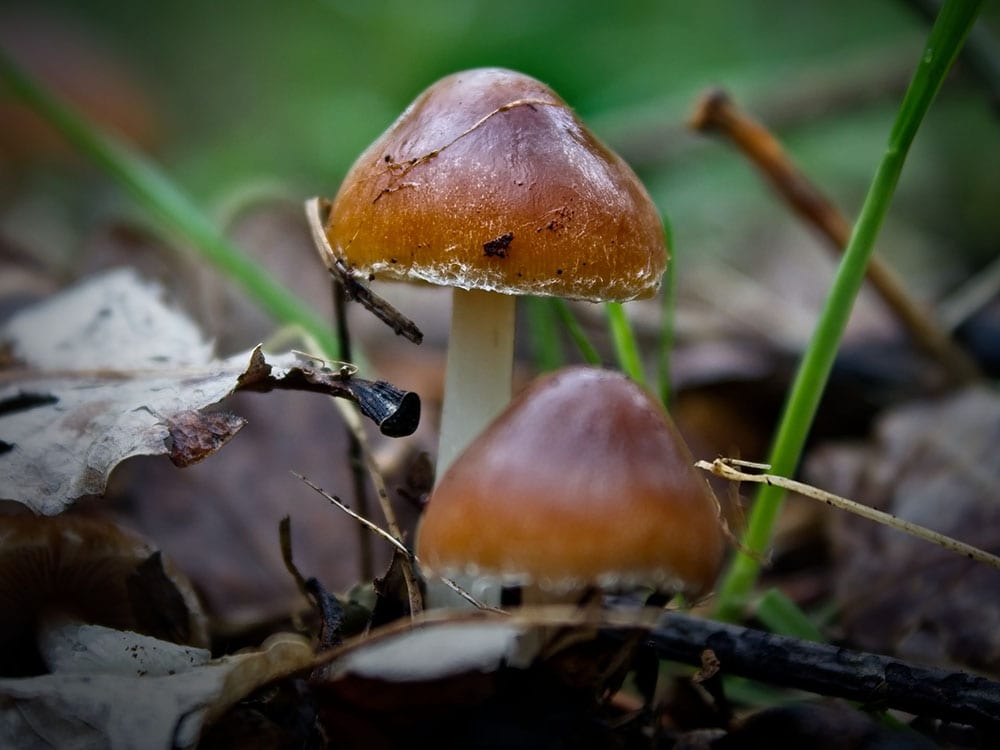How Long Does It Take To Grow Mushrooms? Tips, Growth, & Factors
-

- Last updated:

There is almost no end to the benefits of growing your own mushrooms. They’re great for your heart and can be instrumental in decreasing your cancer risk while offering a rich, savory flavor that’s welcome in all kinds of salads and cooked dishes. Perhaps most exciting, mushrooms can take as little as 3–4 weeks before they’re ready for harvest!
Are you wondering how to make mushrooms part of your delectable dishes sooner rather than later? We’ll help you speed things up by explaining how long mushrooms take to grow and the various factors that affect the rate.

How Long Does It Take to Grow Mushrooms?
Mushrooms can take 3–15 weeks to grow from a substrate, with the growth rate depending on several factors, including:
- Climate and growing conditions
- Growing medium
- Mushroom variety
Your growing process will define much of the time it takes for the mushroom to fruit. The foundational approach is to grow mushrooms from spores, which is likely beyond the purview of the average beginner.
To make the cultures that will eventually take over your growing medium (often sterilized grain) and create spawn, you have to ensure a clean environment, make a decent investment in proper equipment, and have a strong understanding of the science behind it.
Combining the spores to set the genetic direction of the mushrooms is best left to experts at commercial labs. Spores and the initial stages of mycelium cannot compete with any contaminants if you want them to survive, and creating that kind of sterile setting can be a challenge for an amateur grower.
Working with spores also means you may not be entirely certain of the mushrooms you’ll be growing. Commercial cultures ensure you get a proven strain that will yield particular results.

Creating Spawn
The more dependable and straightforward approach to growing mushrooms is to start with a culture on agar, as you would get in a petri dish. Alternatively, liquid cultures are available in syringes. You can then introduce these to sterilized grain jars and produce spawn.
At this stage, liquid cultures are typically the fastest-growing option. They can take up to 8 weeks, while agar can take much longer. A sterilized grain jar will usually fill with mycelium within 3–6 weeks.
- Quality of the grain
- Container size
- Moisture content
- Substrate temperature
- Sterilization quality
If you follow the guidelines for growing your particular mushroom variety and provide a high-quality and sterilized grain, the jar will colonize as quickly as possible.
When you have a viable spawn, you can also use it to create more spawn jars. Add it to other substrates like sawdust to make sawdust spawn, which has its own benefits. Mycelium will continue growing as long as it has the necessary nutrients. Reintroduction can perpetuate your supply for the future. Inoculating a jar with spawn is also faster than any other option, sometimes only taking 2–4 weeks.
Starting with Spawn
The faster (and more reliable) way of growing mushrooms is to use ready-made spawn. At this point, you will apply the colonized grain to your substrate, the medium upon which the mushrooms will grow.
- Logs
- Sawdust
- Wood chips
- Straw
- Nut hulls
Different mushroom varieties have their preferred substrates. They generally need a carbon and moisture-rich base with the proper acidity, nutrients, and nitrogen levels.
After spreading the spawn across the substrate, the mycelium needs to colonize it completely, overtaking every nutritional resource before you notice any pinning. Depending on the mushroom variety, the substrate, and the size of the medium, it can take a couple of weeks or over a year before the mushroom begins to fruit.
Mushroom Grow Kits
If you use a mushroom grow kit, fruiting times can be as fast as one week. Kits already have colonized substrates, meaning you can skip the inoculation phase and take several weeks off the process.
Fruiting
After the mycelium colonizes the substrate, you’ll notice the pinhead forms that will swell into mushrooms. Fruiting is typically fast. You should be able to harvest your mushrooms within 1–2 weeks. Some varieties will also grow additional flushes of mushrooms throughout the season.
Tips for Speeding Up Mushroom Growth
The best way to speed up your mushrooms is to tend to the specific strain. Supply a sterilized, nutrient-rich substrate and maintain the appropriate moisture levels, temperature, and light levels to expedite the growth.

1. Choose a Fast-Growing Variety
Among the over 2,000 edible mushroom varieties, certain species will grow much quicker than others. Oyster mushrooms, particularly pink oysters, are some of the fastest growers, readying themselves for harvest in as few as 2–3 weeks. Shiitake mushrooms, by contrast, take 3–4 times longer.
2. Pick a Faster Medium
Your substrate choice will affect how long it takes for your mushrooms to grow. Logs typically take the longest. Inoculated oysters or shiitake logs can take 1–2 years to fruit. Looser substrates like straw or sawdust/wood chip blend colonize much more quickly.
3. Use More Spawn or Less Substrate
Pinning will begin when the mycelium runs out of the substrate, so you can affect it by changing the spawn/substrate ratio. Use more spawn to colonize it faster, or use less substrate to give it less space to fill.

Conclusion
Starting with spawn is the fastest way to get viable mushrooms without having to worry as much about contamination. Once you become comfortable and build an inventory, you can begin making spawn from other spawn or even from a mycelium culture if you’re feeling bold.
The fast-fruiting growth is spectacular to follow, and you’ll enjoy the relief from the slow growth and uncertainty of your other garden vegetables. The experience of growing mushrooms is a unique joy, and the results are undeniably delicious.
Featured Image Credit: stux, Pixabay
Contents

